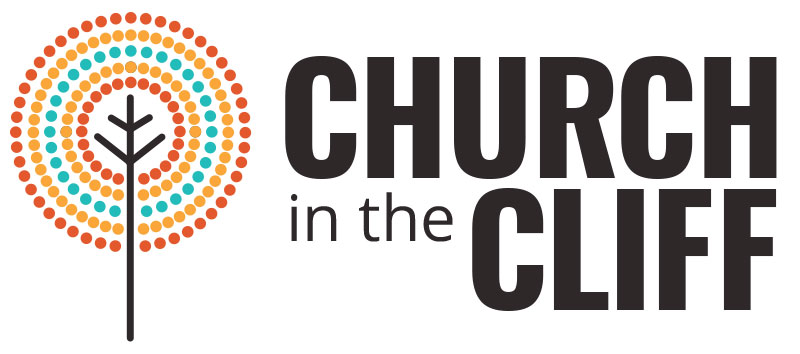Our friend and scholar Lindsey Mosher Trozzo lead worship this past weekend, as Scott was on vacation. She was kind enough to provide a summary of the conversation for this week’s blog. Scott was sad to miss it and heard that Lindsey “killed it.” Thank you, Lindsey!
Sunday we looked at the Story of the Good Samaritan in Luke 10. We saw how parables often tell a story with a twist in order to challenge an accepted opinion or to reframe a question.
Jesus tells the Parable of the Good Samaritan in response to an expert on the Law who has been discussing the two great commandments (love God and love neighbor). The expert asks “And just who is my neighbor?”
In Jesus’ story, the characters surprise us. A man gets robbed and beaten, and along comes a priest—the elite of the elite in the Jewish community—who passes by the injured man. A Levite—a broader category of elites in the Jewish community—does the same. This isn’t the twist. Both of these characters had good reasons to pass by the injured man. The man had been stripped and looked to be dead. As the expert in the Law could’ve told us, both of those things made him ritually unclean. The proper thing to do? Avoid such a context. So that’s what these two do.
Here comes the twist: A Samaritan comes by and goes over the top in helping the man. If the priest represented the elite of the elite in Jewish society, the Samaritan was the outcast of outcasts. Samaritans and Jews had a lot of bad blood, which – as it were – centered around issues of bloodline. Samaritans were an ethnic minority (their ancestors having intermarried during the Assyrian Exile) and a religious minority (they worshipped at the wrong place and defined their Scriptures in the wrong way). As such, Samaritans were an oppressed minority group. Hated for their alleged lack of pure bloodline and heresy, Samaritans were historically persecuted. A Samaritan does not play the hero; if a Samaritan is even in the story, he or she should play the victim. But not in Jesus’ story.
Together, we reflected on different ways we identified with various characters in the story. Some saw themselves, at times, like the priest of Levite. Privileged in society. Well-meaning, but sometimes overlooking those in need. In other ways, some of us saw ourselves as the Samaritan. As queer people, trans people, women, or people of color, we saw ourselves as a minority. We challenged one another to see that Jesus makes that outcast person the hero, and we discussed other examples of people we see around us who society may have labeled as outsiders but who end up as heroes. We discussed how oppressed people groups have a lot to teach us about hope and strength.
Some shared personal stories of people in their lives who have acted as heroes and been examples of love, hope, and peace. We looked at Grace Lee Boggs, an author/philospher/Human Rights activist, born to Chinese Immigrants, who was a spouse in an interracial marriage. She said this: “I think that too much of our emphasis on struggle has simply been in terms of confrontation and not enough recognition of how much spiritual and moral force is involved in the people who are struggling.”
We looked at Maya Angelou. An African American Woman whose prose and poems were a strong voice in the Civil Rights Movement. We reflected on her poem “Still I Rise,” which we read as our Gathering Words.
In revisiting the parable of the Good Samaritan, we saw that the lawyer attempts to take a position of power, to determine who is worthy of love. Jesus refuses to give him the means to take such a role. Rather, he reframes the question: Not “Who is my neighbor?” but “Am I acting as a neighbor?” Further, Jesus’ story shows us that no one is outside the scope of neighbor (despite socio-cultural dividing lines). And finally, perhaps most surprisingly, Jesus’ story challenges us to look to those who are oppressed as examples – even to look at where we might be oppressed and how that empowers us to be good neighbors.
